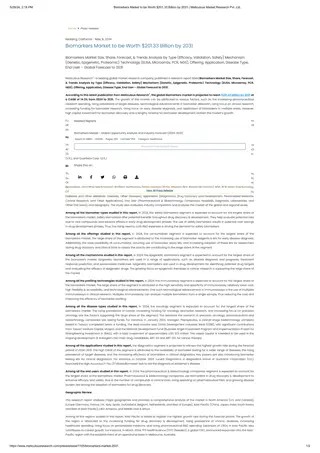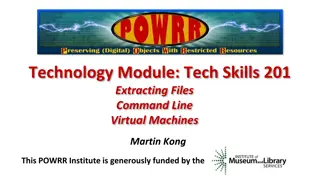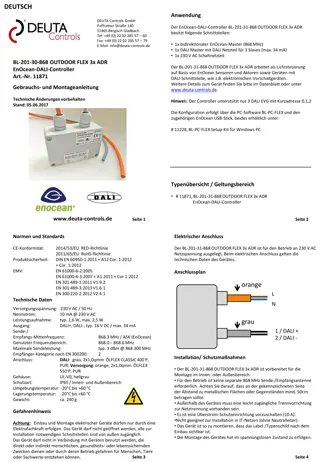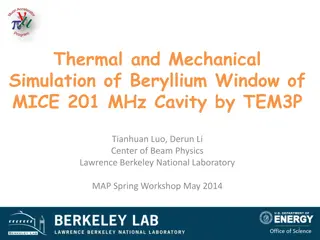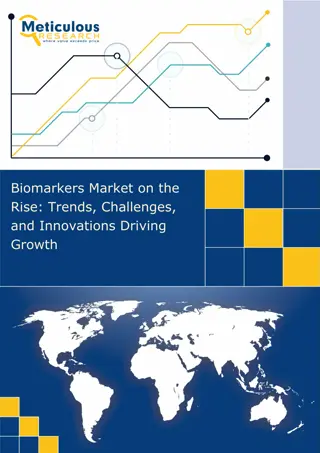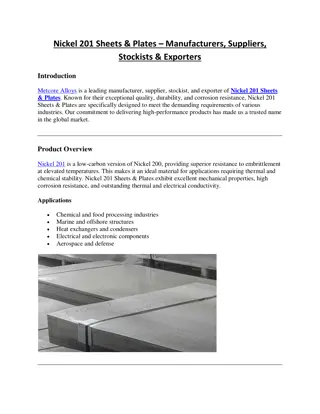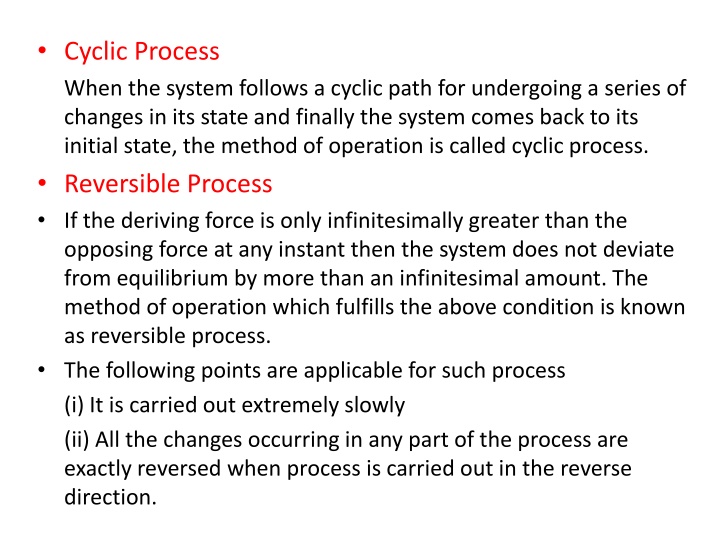
Cyclic and Reversible Processes in Thermodynamics
Learn about cyclic and reversible processes in thermodynamics, including definitions, examples, and comparisons between reversible and irreversible processes. Explore how a system follows a cyclic path and the conditions for a process to be reversible. Understand the concept with a practical example involving a piston and gas in a cylinder.
Download Presentation

Please find below an Image/Link to download the presentation.
The content on the website is provided AS IS for your information and personal use only. It may not be sold, licensed, or shared on other websites without obtaining consent from the author. If you encounter any issues during the download, it is possible that the publisher has removed the file from their server.
You are allowed to download the files provided on this website for personal or commercial use, subject to the condition that they are used lawfully. All files are the property of their respective owners.
The content on the website is provided AS IS for your information and personal use only. It may not be sold, licensed, or shared on other websites without obtaining consent from the author.
E N D
Presentation Transcript
Cyclic Process When the system follows a cyclic path for undergoing a series of changes in its state and finally the system comes back to its initial state, the method of operation is called cyclic process. Reversible Process If the deriving force is only infinitesimally greater than the opposing force at any instant then the system does not deviate from equilibrium by more than an infinitesimal amount. The method of operation which fulfills the above condition is known as reversible process. The following points are applicable for such process (i) It is carried out extremely slowly (ii) All the changes occurring in any part of the process are exactly reversed when process is carried out in the reverse direction.
(iii) The system and the surrounding are exactly restored to the original states after cyclic process. (iv) A truly reversible process can not be realized in practice. Examples Friction less motion Resistance less current flow Irreversible Process This type of process takes finite time for completion and it occurs spontaneously. Almost all processes occurring in nature or laboratory are irreversible. In short, point mentioned for reversible processes are not applicable for irreversible process. Examples Spontaneous chemical reaction, Diffusion, Unstrained expansion, Motion with friction, Current flow through a resistance.
Consider a cylinder provided with an air tight, weight less and friction less piston, containing in it a certain quantity of a gas. Let the pressure P on the piston be exactly equal to the pressure of the gas within. The piston will neither move downward nor upward and consequently, there will be no change in the volume of the gas.
Now suppose pressure on the piston is decreased by an infinitesimal small amount dP. The pressure on the piston being (P dP), is now infinitesimal smaller than the pressure of the gas P within the cylinder. Hence the piston will move up and the gas will expand by an infinitesimally small amount. If the pressure on the piston is kept infinitesimally smaller than the pressure of the gas itself, the expansion of the gas will continue infinitesimally slowly i.e. in a thermodynamic reversible manner.
If however, the pressure on the piston (external pressure) is made much smaller than the pressure of the gas within the cylinder, then the gas will expand rapidly, pushing the piston upward suddenly. The expansion of the gas in this case, is said to take place irreversibly.





